Researching the cryptocurrency and blockchain technology space for the last couple of months, I’ve felt the need to do an extensive write-up. The crypto frenzy has been sweeping over a world of tech savvy early adopters, for all the different reasons, in what many people warn to be a dot com resembling bubble. But what looks to be a bursting point for many, can very well be another digital revolution on the raise.
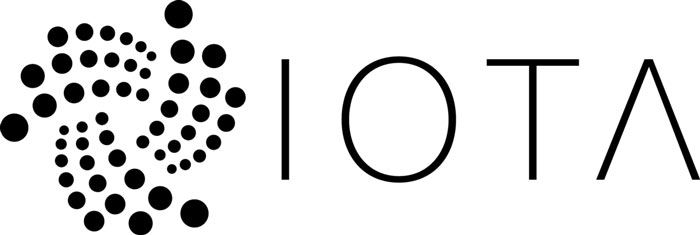
The blockchain technology, though exciting enough to warrant a number of articles, is a topic of another discussion. Much has been said about it already, and reading a single piece on Bitcoin can easily bring you up to speed.
A libertarian wet dream in its essence, Bitcoin was created for a reason we can only speculate about. Separating money from state, it can bring the power of banking to just about everyone, opening very bright horizons in the foreseeable future.
But while cryptocurrencies were seen as a way of ignoring the state, this anarcho-capitalistic worldview is not necessarily the focus of many new technologies. Some of them, useful way beyond the measure of financial speculation, are even evolving past the blockchain.
It is past exciting, that this new wave of radical innovation receives funding from just about every person on the planet. Unlike the stock market where you have to wait for companies to go public, and then adhere to regional laws aplenty, investing in ICOs (initial coin offerings) has become a revolutionary way of financing the rise of giants.
When just about everyone can become an investor, with a total portfolio weight of only a handful of dollars, upwards trends in crypto can be easily justified. The hype might create a massive correction down the road, where many ideas fall into oblivion, while others skyrocket within a matter of years (think how Google survived the dot com bubble).
Returning on this topic later, allow me to spend the next couple of minutes writing about a very promising project. One that I deeply care about – IOTA.
What is IOTA?
IOTA is an open source distributed ledger with the focus of providing secure communication and payments between machines on what is known as the Internet-of-Things (IoT).
Instead of the traditional blockchain, IOTA uses directed acyclic graph technology (DAG), called the Tangle. Solving many of the issues previously discussed in relation to the blockchain, the Tangle offers scalability to a virtually unlimited number of transactions regardless of size. As such, it is an ideal tool for communication in the machine-to-machine (M2M) economy.
Visual representation of the DAG architecture (called Tangle, for the way it looks):
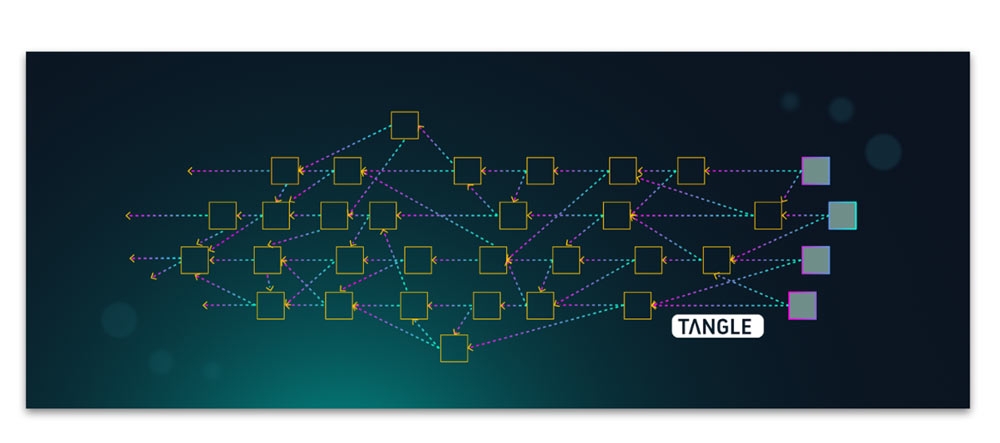
You can also see it in action, here.
Translated in vernacular, IOTA uses a secure, fast, decentralized and scalable ledger, to offer a way for data communication which will allow for the raise of a new data economy.
In near future, as majority of machines inevitably connect to the Internet of Things, data will become a valuable commodity. And given how blockchain technology fails to address the speed and scalability issue – among other things – IOTA seems perfectly suitable.
With a peer-to-peer network and validation mechanism, IOTA merges both the user and the validator into one entity. For every single transaction that is issued, a small proof of work is performed to validate 2 prior transactions. This takes miners completely out of the equation, dealing hence with the centralization issue. Unlike blockchain technologies, with IOTA, the entire network of participants is responsible for approving and validating transactions.
IOTA tokens are not minable, and the entire supply is already released.
The IOTA Foundation
Founded in 2015 by David Sønstebø, Sergey Ivancheglo, Dominik Schiener, and Dr. Serguei Popov, IOTA is overseen by the IOTA Foundation – a non-profit dedicated to developing the technology and maintaining it license-free for all developers to work with.
Visionary minds who are down to Earth, the founders quickly managed to capture the attention of large technology giants, securing many collaboration agreements.
They, as the whole community around IOTA, are very active in developer circlers, and open to anyone who would like to join the conversation.
And while constructive criticism is often welcomed, the community has a way of responding somewhat openly towards those who fail to bring up a valid critique. This quickly built them a reputation of a group that is not holding back, and one that keeps an uncensored way of communicating outside of official press.
A recent example was a short exchange on Twitter where Litecoin founder Charlie Lee tweeted about IOTA, saying he wanted to learn more about it, in what very much looked like an attempt to spread FUD (fear uncertainty doubt). David’s response was quite direct. Here is their exchange on Twitter:
If you had genuine intentions why would you even frame the question that way? Is the leader of Litecoin really so narrow minded that he hasn’t even read up on the basics of the technology that is making his own obsolete? I feel bad for LTC hodlers.
— David Sønstebø (@DavidSonstebo) December 10, 2017
Advantages of IOTA
Citing IOTA’s advantages many times over, the community openly criticized some of the flaws in other blockchain technologies. IOTA can offer better scalability, no transaction fees, and true decentralization (large mining pools of other cryptocurrencies eventually end up controlling the whole party).
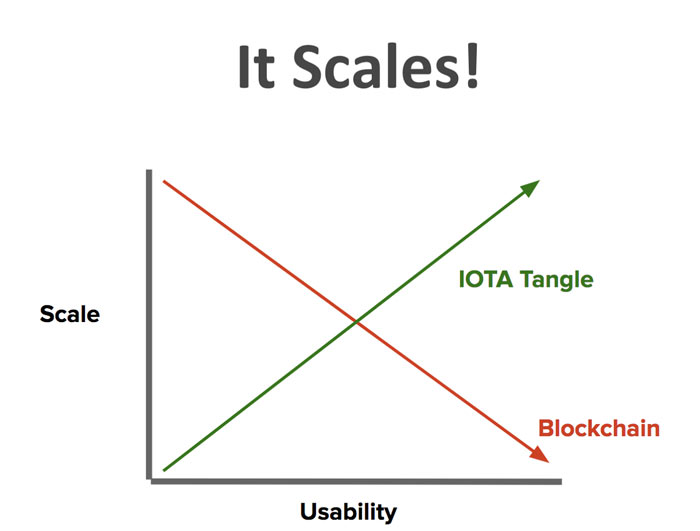
We can already see how transaction fees can play a huge role in cryptocurrency, as Valve drops Bitcoin as one of their payment methods.
As for decentralization, IOTA still uses a single administrator called the Coordinator, which will be removed as the network grows large enough. This resembles the first stage of Bitcoin where Satoshi have set miners himself (Ethereum did this too).
Mesh networks (a partition tolerant ledger)
Transacting can be done off-Tangle, with what is called Flash Channels – a bi-directional high throughput payment channel, which doesn’t necessarily have to wait, and thus rely, on normal confirmation times; or as the Wikipedia page would put it:
A sample use is paying for wirelessly charging your phone at a cafe. If your phone and cafe open an IOTA Flash Channel, payments are made by the second from your phone to the cafe. Once the charge is terminated, the channel is closed and one payment is recorded on the Tangle as being conducted between your phone and the cafe.
As of December 2017, neither Bitcoin nor Ethereum have been able to launch their Flash Channels.
As such, the IOTA team is working on promoting and enabling IOTA use in industries such as supply chain, smart cities and infrastructure, e-health, energy, mobility, Fintech and others.
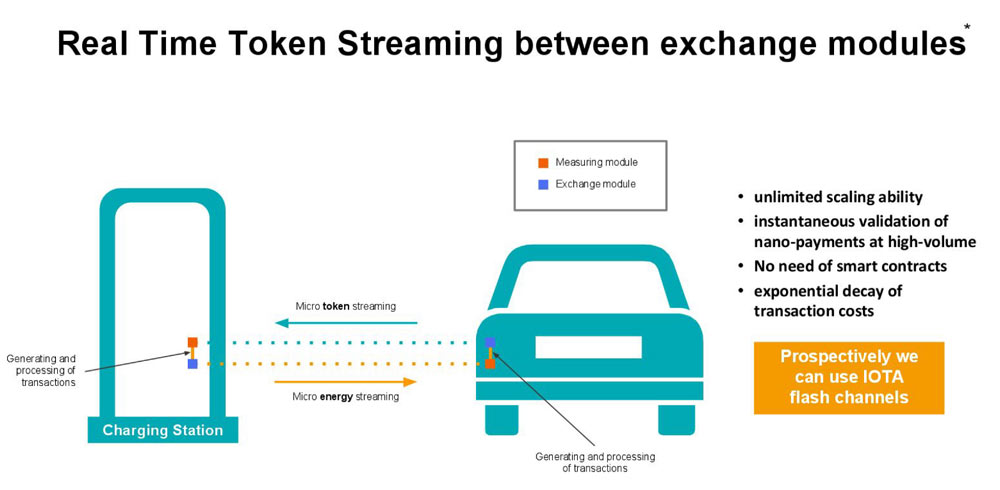
This is largely because of the partition tolerant nature of the tangle. Unlike with Bitcoin, where a partition leads to a fork in the blockchain, the IOTA Tangle can sync later.
And it makes a lot of sense on so many levels.
First of all, as we see the upward trend in the Internet of Things, we can easily conclude that most devices work in what is known as mesh networks – paired with Bluetooth, for example, exchanging data locally.
The internet of things will largely evolve into Peer to peer networks which then sync together, connecting only rarely. Blockchain technology is not compatible with this. It requires lot of work in order to validate partitioned transactions, and thus forks occur.
Additionally, the hardware component used in creating mesh networks is less demanding (think Bluetooth versus Wi-Fi). And transacting locally, thus, becomes a valuable advantage.
Security
Using Winternitz hash-based cryptography signatures, IOTA is also far less susceptible to brute force attacks that are following after the likely implementation of quantum computing. This is a marked advantage when compared against bigger players in the field such as Ethereum or Bitcoin.
The developers successfully battle against spam attacks at this stage, and like to explore a weakness early on which seems to be a very mature move as well. They, as David Sonstebo, IOTA’s co-founder and CEO, would say, encourage spamming the network, because it only makes the network stronger.
Whereas Ethereum encourages less usage (we saw what Cryptokitties did to the network), IOTA encourages more usage. More usage in IOTA simply means more validation and more security.
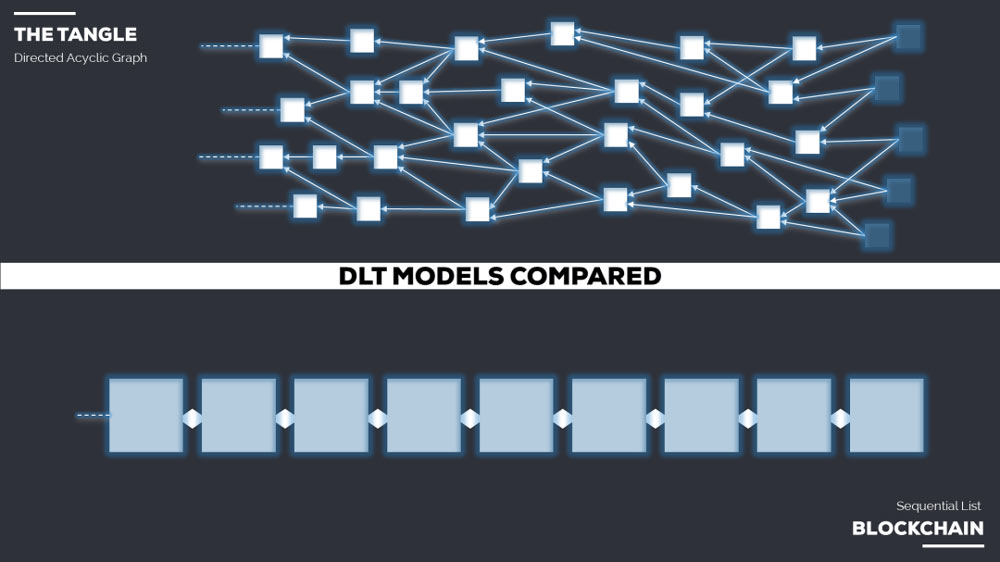
Users and validators are the same thing
Unlike Bitcoin, where you have users who transact between one another, and validators who carry out those transactions (for a profit incentive), the IOTA infrastructure allows user and validators to be the same entity.
Each transaction validates two prior transactions, and therefore there is no need for an entity to validate them at a certain fee.
This means no fees to transact, much faster transaction times, and no need for burning resources like the Bitcoin network does.
Exciting times ahead
The reason why I’m writing this article is fairly obvious – excited about the new technology and its future applications, the whole crypto eco-system looks promising.
What I’m more excited about, is ambitious projects like IOTA. Communicating and trading data, millions of opportunities will arise – opportunities for collaboration, businesses, long awaited birth of the sharing economy as it was meant to operate.
Opening their Marketplace project in late November, IOTA started collaborating with a number of tech giants. Communicating and trading data, this project opens what is called the Machine economy.

David said data is “the new oil,” and that the marketplace project is letting firms sell data incentivizing them to share this data – for otherwise, as he says, it would be wasted.
“At present, up to 99 percent of this precious data gathered is lost to the void,” he told CNBC in an email, which they later published. “IOTA incentivizes sharing of data through its zero fee transactions and by ensuring data integrity for free on the decentralized distributed ledger.”
He also added that the marketplace is currently a pilot project, with examples of data being shared, including weather and air quality data.
Data usability and high demand
The IOTA foundation is a non-profit movement, and as such it creates a large and vibrant community around it.
And their effort perfectly aligns with demand from tech giants, and an ever increasing sensory apparatus built into every machine imaginable. With a sensory overload of a kind we are yet to witness, IOTA can be the first labor contraction in the birth of a stable way to communicate and sell data.
From a concept standpoint, this is a unique advantage, coupled with a narrow focus while entering the market. Instead to be used as a speculating market instrument, IOTA aims to become valuable right away, designing for real-life applications that go as far as your imagination can stretch.
To grasp the potential of a sharing data economy, understand that 2017 alone has seen more data being created than the 5000 previous years combined. And this number is only about to grow, creating a fuel for a supper connected, as well as fast paced world, operated largely by machines.
The Human Colossus (as Tim Urban from Wait But Why calls our supper connected society) will gain yet another way of communicating internally, growing, therefore, its method of acquiring and distributing knowledge.
As Jack Ma (Alibaba) would say:
It’s just the beginning of the data period. Data is going to be so important for human life in the future. So we are now just starting. We are a big data company, but compared to tomorrow, we are nothing.
And if you struggle to wrap your mind around the possible applications of using, communicating, and selling data, just look at this Reddit thread where people are brainstorming on future IOTA applications.
I’m personally excited about many of these ideas, and hope to include our SaaS startup (Fitness Updated) into the data marketplace as soon as it takes off. Communicating demographic data seamlessly, I can instantly think of a handful of companies, across a wide array of industries that might want to take a look.
When we started creating the platform (even before pitching to investors) we had to read a volume of annual reports, as to gauge the pulse of the SaaS (software as a service) industry, and the fitness space respectfully. Now imagine how high demand might be, for SaaS companies to share their data – Sign up statistics, onboarding, trial vs. sales, churn, platform usage…
On demand platforms will also have another method of accepting payments, and thus offer several new business models.
Data being transferred seamlessly will definitely incentivize a new wave of innovation within the sharing economy as well. Just imagine a Tesla model 3, equipped with a garden variety of sensors, being rented while the owner is out of town, or working 9-5.
Entire industries, like for example the freelance market, can finally cut the middle man and start transacting without fees, improving productivity, while cutting down on expenses. Money can flow directly to value creators without having to take a stop along the way. This is the IOTA-as-a-real-world-currency scenario, which is very likely to follow as well.
Electricity usage can also be easily communicated between many devices; parking lots can become much more user friendly and profitable; you could even sell your own data with a simple browser extension (Facebook is already selling it in a way. Estimates can go as high as 1000-2000 euros annually per a single user). The future, indeed, is a kaleidoscope run wild. And IOTA, apparently, is positioning itself at the very center of it.
As its core philosophy – and community – doesn’t obsess with government circumvention, I imagine IOTA being open for collaboration with institutions and governments at large. The protocol can be used for e-voting of previously unimaginable proportions, and with unheard of security as well as scalability.
Imagine a future where representatives are no longer needed, and we enjoy liquid democracy – Voting on all issues that concern us, and delegating many of them to people whom we hold in high regard when it comes to a certain industry (or companies who are basically the representatives of today, only much more flexible, transparent, and scalable). As Dominik Schiener, one of the co-founders of IOTA wrote two years ago on his personal blog:
Liquid Democracy is a new form for collective decision making that gives voter full decisional control. Voters can either vote directly on issues, or they can delegate their voting power to delegates (i.e. representatives) who vote on their behalf. Delegation can be domain specific, which means that voters can delegate their voting power to different experts in different domains.
I also love the fact that Iota, unlike other crypto and blockchain projects, is not hostage to ideology. Whereas many of the founders and community members have certain views on different issues, the focus is narrowed down to being pragmatic.
IOTA collaborations with several tech giants
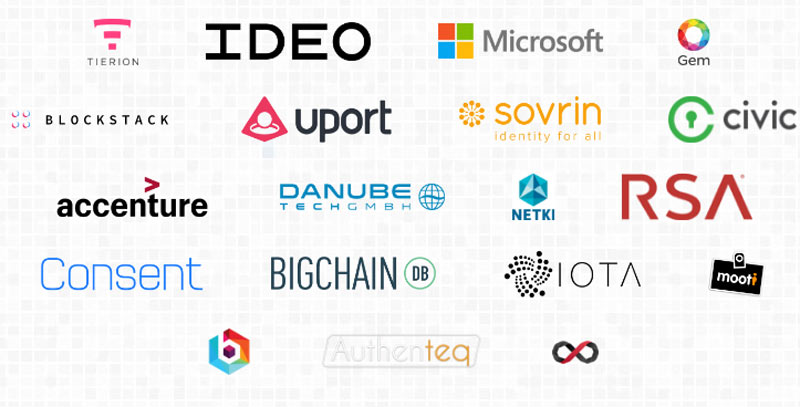
When it comes to data, businesses, it seems, share David’s sentiment. Here is what John Calian, VP of the The Blockchain Group at Telekom Innovation Laboratories had to say about their collaboration with IOTA:
We think it’s a great opportunity for Deustche Telekom to investigate and prototype future blockchain-based, data-driven business models with different partners. Compliance with data privacy regulations has to be regarded at every stage, and IOTA provides the right tech, right now.
We shall, before long, begin to see more activity within this data marketplace, with new collaborations pointing out to far more sophisticated usage opportunities.
Lined up on the list, you can see Microsoft (that is now eagerly riding the wave of crypto and blockchain technology), Samsung, Bosch, Cisco, Fujitsu, Huawei Group and Volkswagen, all collaborating and participating within this data marketplace or taking part in the Trusted IOT Alliance.
Also interested are companies that operate in the agricultural sector, most notable of which is TINE.
TINE wants to help simplify everyday lives using new digital tools. We are therefore working on a number of concepts within the Internet of things (IoT) and digitalization of the barn. – said Harald Volden, Head of Science and Systems in TINE Consulting.
All of these companies have massive data to communicate and analyze, and IOTA will provide the necessary backbone – the proper framework for developing a data infrastructure.
At some point in the future, a hardware component will be also needed in order to perform a relatively unnoticeable PoW (proof of work), as to further secure and protect the network. It might become a political challenge to convince manufacturers, but with the incentive floating around, it makes sense they will jump on board (think of the integrated graphic chip).
IOTA news coverage
Featured on CNBC, the Norwegian Wired, German national television on ZDFMoma (together with Johann Jungwirth, Chief Digital Officer of Volkswagen), and Norway’s biggest financial newspaper Dagens Næringsliv, IOTA is just getting traction.
People have been bullish towards the founders, PMing them for more news coverage, and more press releases, as they believe it will significantly impact the market price per token.
David, however, has this to say:
Unlike the overwhelming majority of projects in this space, IOTA has not done any paid promo, so now that there’s a steady stream of these large news stories, the major technological advantages become known to the wider audience.
It seems that developers are working intensely on improving the technology, without any intentional focus on marketing just yet. This speaks volumes about the “sleeping giant”.
David says that more news about IOTA will arrive in December, but only when they are ready, and not as a result of trying to influence market cap.
What is ahead for IOTA?
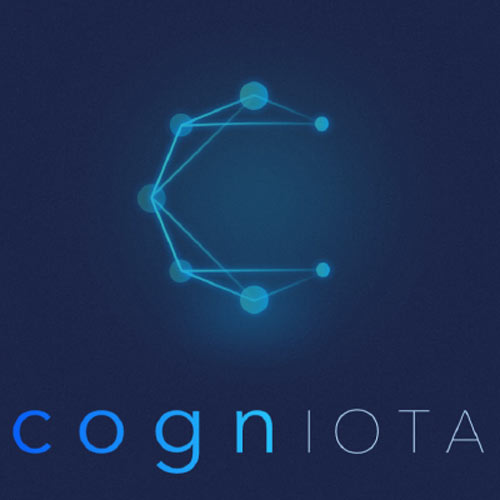 On the long awaited end, a new and more reliable wallet for holding and transacting IOTA tokens is probably coming up. The community is excited and waiting.
On the long awaited end, a new and more reliable wallet for holding and transacting IOTA tokens is probably coming up. The community is excited and waiting.
You have to go back in time though to learn of the days where cryptocurrencies didn’t have a nice wallet interface you can simply download from the app store. Nowadays, strangely enough, it is expected right out of the gate, which is a sign that the early majority is stepping into the crypto world, and doing so in hoards.
As people complain about pending transactions, they must understand how the network is growing, with many new nodes being set up daily. And as developers are rolling out automatic peer-to-peer discovery, nodes will have an easier time communicating (connecting) to one another, and the network speed will soar.
What excites me more, however, is CognIOTA.
CognIOTA will definitely be a huge thing, as mining for other coins is going to become increasingly unprofitable. In its essence, it will fuel the machine learning revolution, by renting computational power in the most decentralized manner. And when miners who dabble with other coins seize to mine at a profit, they will desperately look for a way to repurpose their hardware.
CognIOTA would allow people, all of us around the world, to share raw computational power and profit in IOTA coins. It will also fuel a very large and decentralized supply and demand chain across industries at large.
Facilitating data without using the raw computational power of mining farms, IOTA takes a much greener approach to crypto. Whereas Bitcoin is burning more energy than several countries combined, and is doing so with an upward trend, IOTA enables a much safer alternative.
John Mcafee, who predicted the price of Bitcoin at $1,000,000, argues that an expensive proof of work is necessary in order to keep the value of a network. But this is not a requirement for the Tangle, which from what it seems, can survive exclusively by the fact that many people are using the infrastructure, and it is scaling seamlessly.
Implementing smart contracts is also a work in process (from what I can tell), but nothing is certain for now.
More meetings are about to be held in December, and more publicity is to follow. There is also “the big Q event” scheduled before the end of this year. And the community is waiting for a positive surprise.
On the publicity side of things, more stories will mention IOTA by the day – some rumors write about a Skavlan talk show appearance (very popular in Norway and Sweeden) as well, and many similar events that might put IOTA under the spotlight. Tech meetups are happening around the world, and IOTA is gaining awareness by the day.
When it comes to publicity, the technology and its implementation, of course, is the surest bet. When it catches up, the upward trend will likely resemble that of Ethereum – and many believe that IOTA is already headed in that direction.
Though it’s not confirmed, IOTA will probably be listed on exchanges Bittrex and Einstein, and included in CoinHub before the end of this year.
The community is speculating about a tokenization platform being built, on the Tangle, where Initial Coin Offerings can be held, thus increasing the utility of the entire network.
What is important to note, however, is that parallel to FUDsters (people who spread fear uncertainty and doubt) there is hype. And it becomes increasingly hard for me to do my job of researching, while enthusiastic people are spreading “news” taken out of a hat. The entire IOTA community is having a hard time dealing with this as well, since followers of the project are arriving in hordes, ready to speculate, to hype, to spread “news”.
As I’m writing this – and many people in my position can confirm the same as well – I am becoming increasingly aware of the fact that commenters are likely to correct me on many things. (which I’m perfectly ok with!)
The current price of IOTA tokens
With a surprisingly high market cap, IOTA has already surpassed Ripple, becoming the 4th largest cryptocurrency. The trading volume per day is surprisingly high, even without considering the fact that it is being traded on two exchanges only (at the time of publishing this article).
As new exchanges are going to list IOTA, the volume is likely to go even higher.
In just one month IOTA has seen unprecedented growth. A symptomatic curve resembling the rise of Ethereum.
With a circulating and max supply both at 2,779,530,283 MIOTA, the price per one rose from $0.5 to $5.5 at its ATH (all time high). But with Bitcoin undergoing unprecedented grow as well, at the same time as IOTA has reached its market peak, a correction followed to $3 levels once again (all alt coins usually tumble when BTC is on the rise). The coin is once again on the raise, being expected to match, if not surpass, the all-time high once again, and do that rather soon.
With new and strong support lines, IOTA is expected to take on an upward run once again, and if the IoT marketplace gains traction, the price can explode fast.
The founders, however, urge not to use IOTA as a speculative instrument, but rather focus on the community at large. Developing, spreading awareness, investing in the vision of the technology…
For example, you can follow this tutorial on how to setup IOTA full node from scratch, and help the network. Or, you can talk about it, tell your friends about this disruptive technology, write…
Following the r/IOTA, on Reddit, where the community has recorded a massive growth, is much recommended. Reddit also highlights a new exciting usage opportunity for IOTA, where users tip one another with micro-payments.
This can easily become a business model for many online publishers and content creators, such as myself, and definitely open the gates to new platforms and internet startups.
As for the Reddit community, I would advise you not to get involved in the price speculation though, since many new members are flooding the community expecting a quick profit from an Ethereum-like raise in price.
If you believe in this technology, investing becomes much less of a headache, and you won’t have to anxiously refresh those charts.
And while I’m not here to give financial advice, I must paraphrase a quote from Warren Buffett:
If you cannot see yourself holding a stock for 10-15 years, do not bother buying it at all.
The takeaway here, being investing in sound and thoroughly researched projects, you believe are going to take off and succeed. That way, you’ll feel much better supporting the technology, and keeping your assets away from the rollercoaster of exchanges and trade.
Watch the crypto world closely
Since futurism, AI, virtual reality and cryptocurrencies are topics which I tend to discuss briefly, I never really created an outlet for sharing these thoughts. It does seem rather ridiculous to publish an article on IOTA and blockchain technologies on a website heavily centered on fitness and personal development, but our strong and aged domain allows other categories to receive a decent number of visitors as well.
I just felt the need to write an extensive piece on a technology I strongly believe in. A technology behind which I rallied the entirety of my crypto stash, and one I’m hoping to see go mainstream one day in the future.
As cryptocurrencies have different battles to fight, we are probably going to see the advance of voluntary cooperation, money being finally separated from state, and entire industries on the rise – ones that will benefit immensely from this digital cash. As institutions battle to remain relevant, instead of banning it, or ignoring it, many of them will adopt the technology as well.
And as collaboration between industries flows more and more, decentralization, security, and ease of transacting becomes the norm, we would probably turn back and look at the IOTA, Bitcoin, Ethereum and other communities, as the first advocates for the new digital revolution.